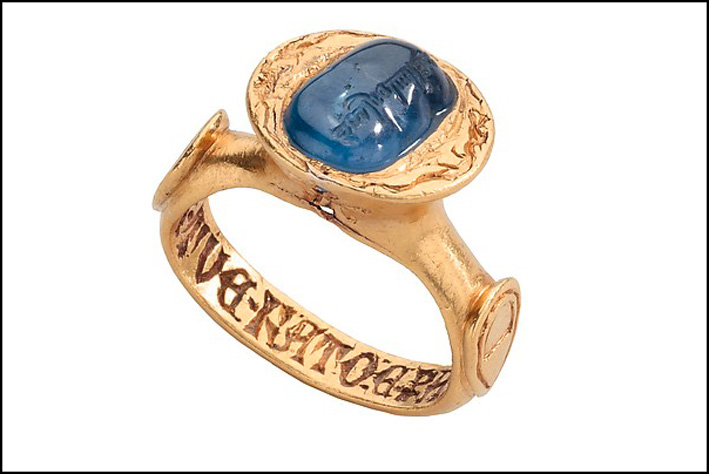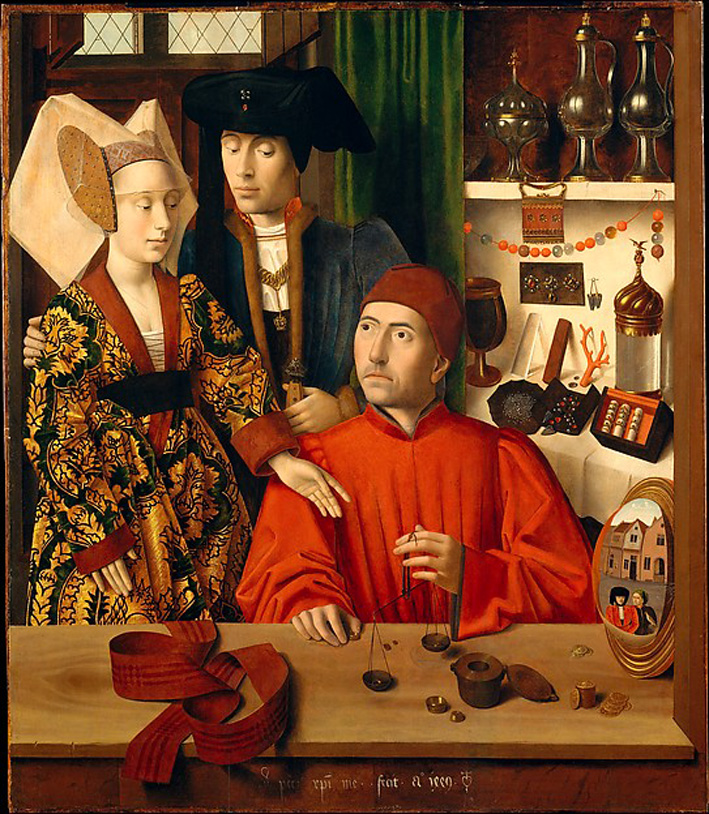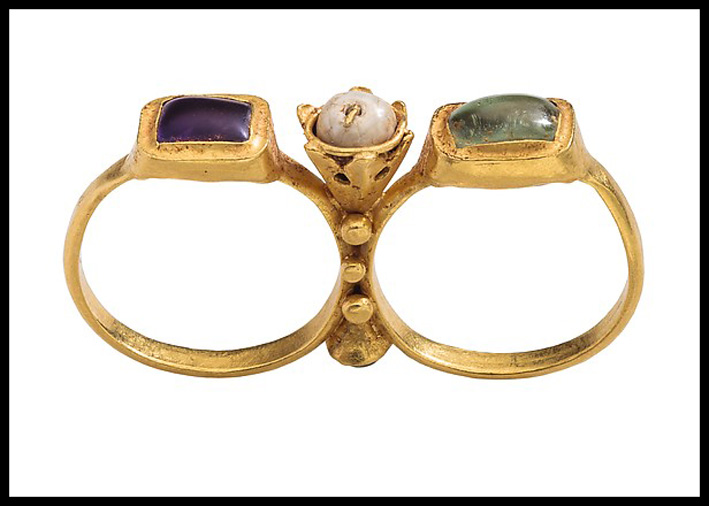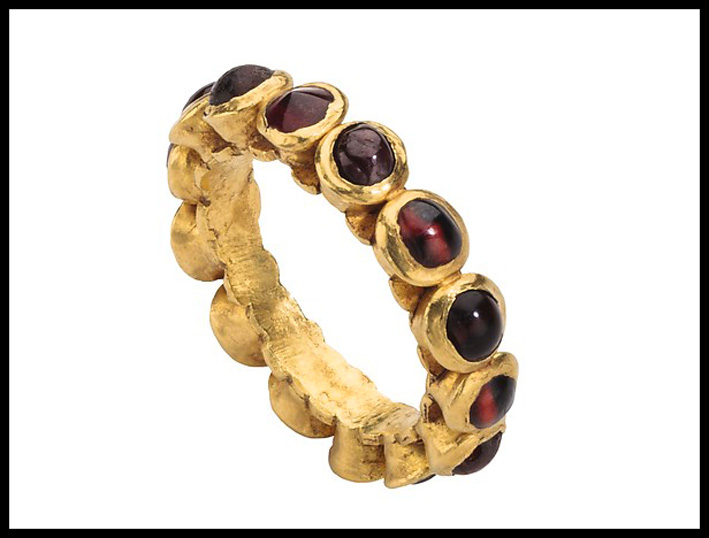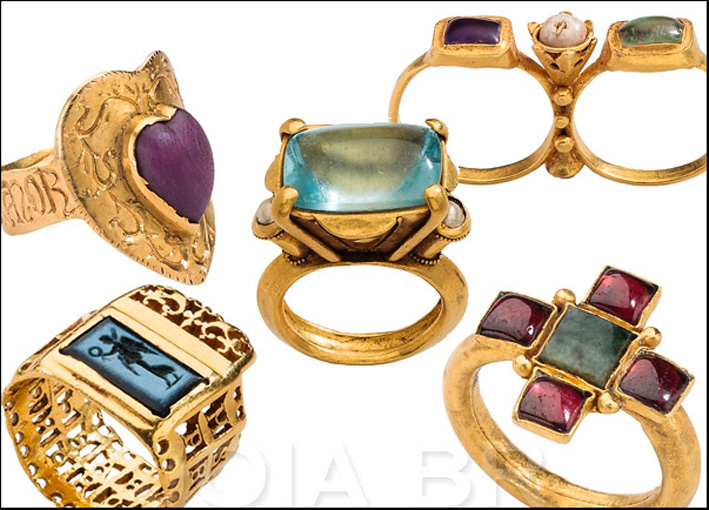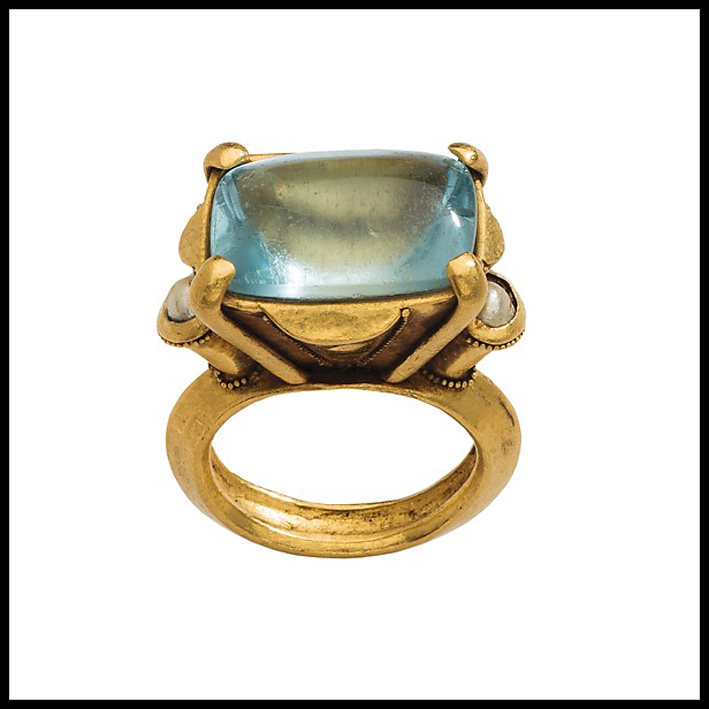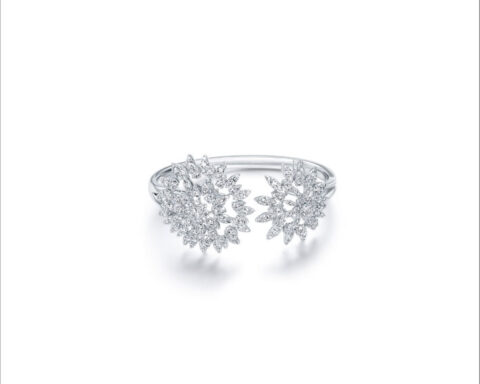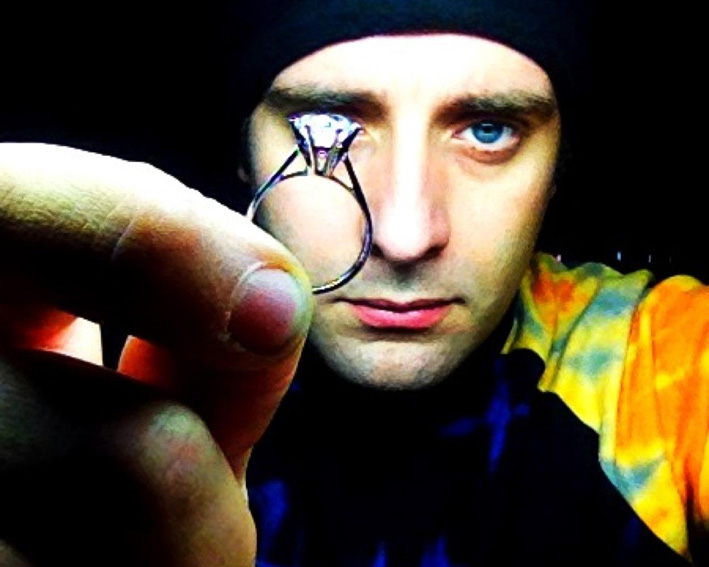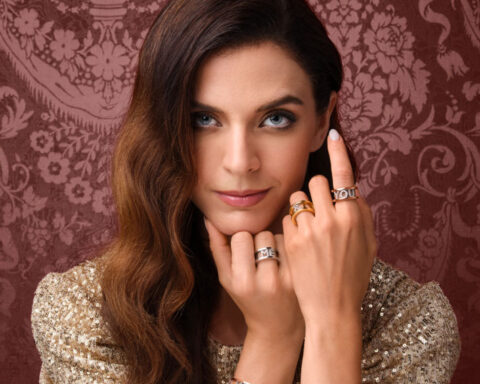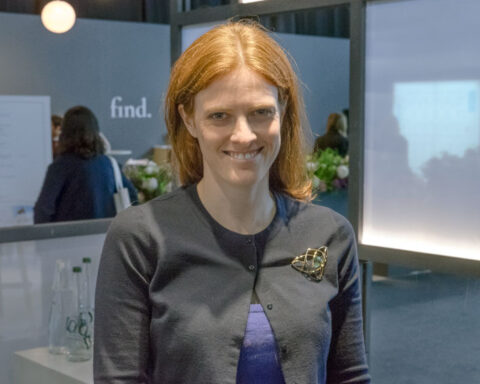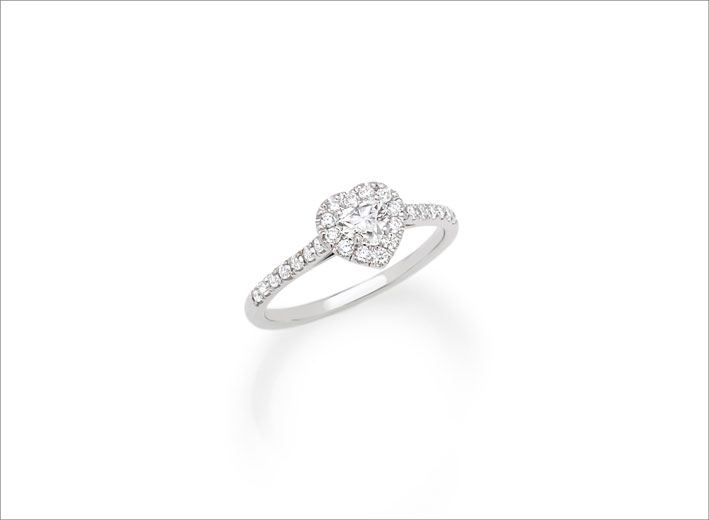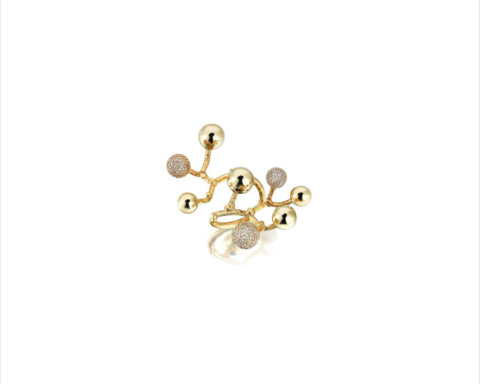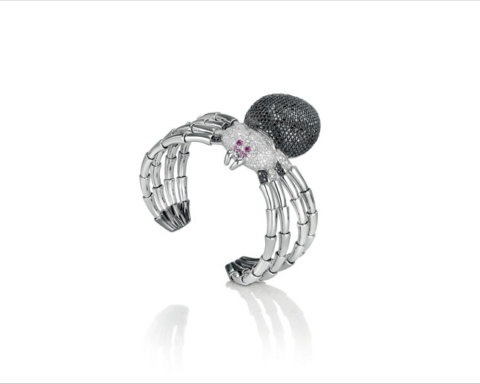The rings are one of the oldest and popular forms of ornament. These jewels have always been worn by both men and women, and not only for an aesthetic whim. The rings were used as markers of status (for example, those with the coat of arms), or for life’s special events (such as engagements or weddings). They are also expressions of their identity, and even talismans. How do they know all the Gioiellis friends, there are infinite forms of this simple geometric structure. Which now is the focus of an exhibition in New York. If this summer you are in the Big Apple, you can visit it: will last until 18 October. The rings on display are from the collection Griffin, name of the mythical creature that has the head of an eagle and the body of the lion. In the medieval tradition, the griffin was often a guardian of treasure and had the ability to find the gold in the rock. The collection includes several rings of past centuries, in particular ancient jewels, medieval, Renaissance. In these old times it has been developed the aesthetics of the rings as we know them now. The exhibition also brings together the shapes of the rings with other works of art, such as painting, metalwork, illuminated manuscripts. For example, few people know that diamonds were very popular in the Roman world. But a diamond was used in the rough, like gems octahedral, because had not yet been invented techniques to cut it. In the ancient world, the only source of diamonds was India and only a small number reached the Roman world through trade routes. The exhibition is organized at The Cloisters museum and gardens, a branch of the Metropolitan Museum of Art in New York. It is a medieval cloister, all imported from Europe obviously rebuilt with ancient stones, columns, bas-reliefs. Fake but true: only in America… Federico Graglia
Treasures and Talismans
Rings from the Griffin Collection
May 1-October 18, 2015
The Cloisters museum and gardens, the branch of The Metropolitan Museum of Art
http://www.metmuseum.org/exhibitions/listings/2015/treasures-and-talismans
